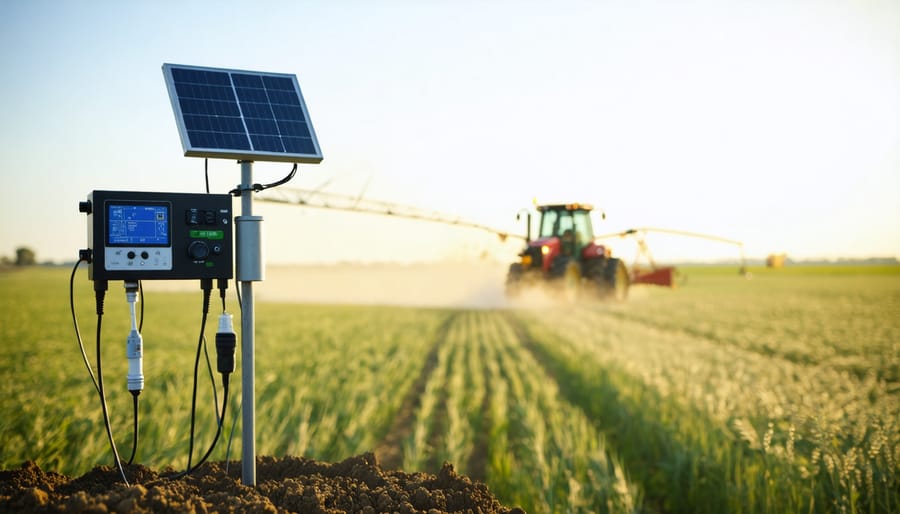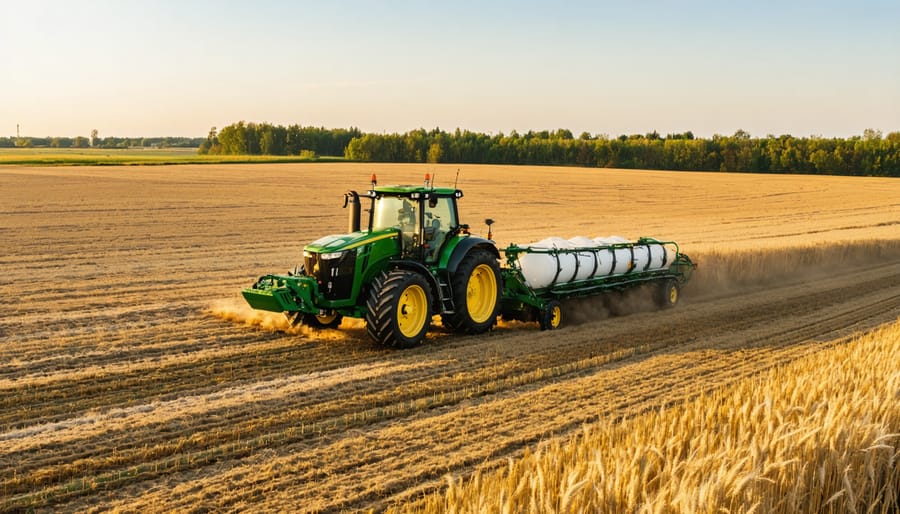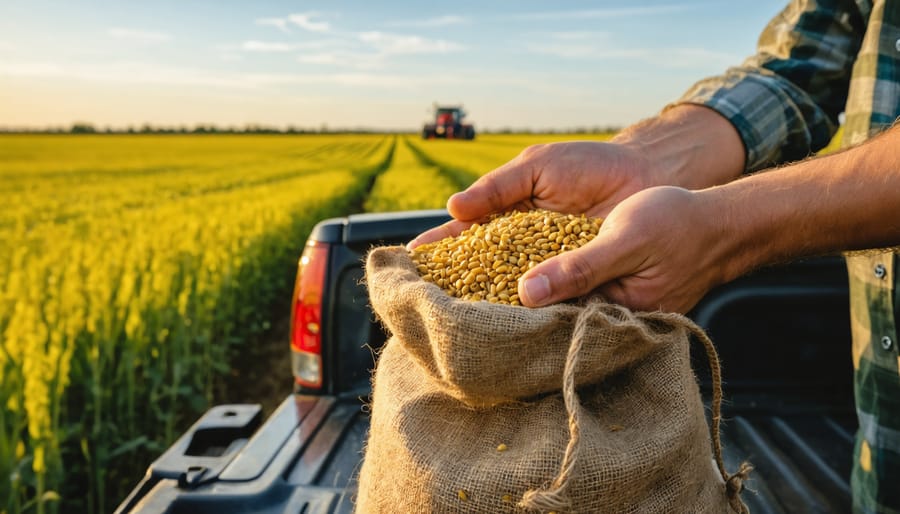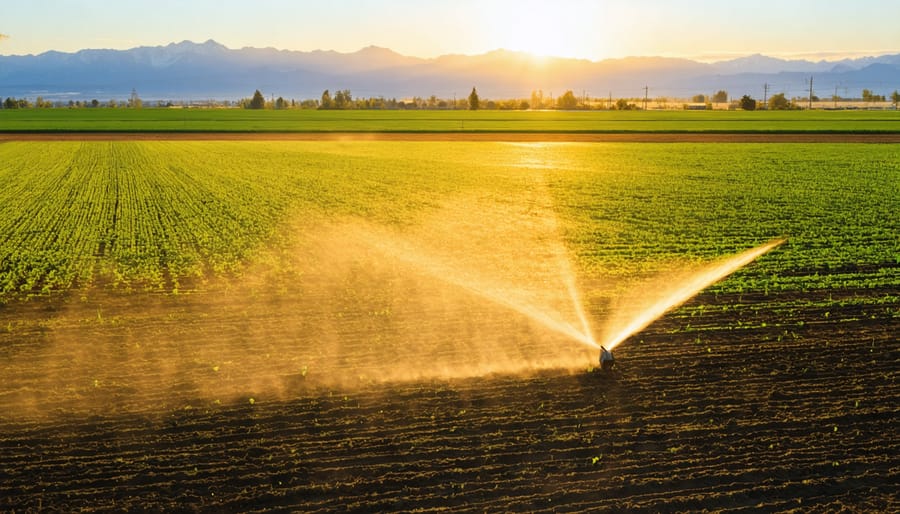To create an economy that consumes less carbon in the future, farmers can contribute a lot to this. This is especially true in Alberta since it has the boreal forest and grasslands, which are 2 crucial carbon sinks. Moreover, this is where ⅓ of Canada’s agricultural land is. You can also find here some of the greatest solar and wind energy resources.
Many people see solutions to climate issues as a burden in their daily lives. However, farming is one of these solutions. Besides resolving climate issues, farming also offers a lot of benefits such as better soil fertility, more economic opportunities, better management of ...
-
Agro-Education and Outreach
Why Alberta Farmers Should Care About Agricultural Water Management Research
The Journal of Agricultural Water Management stands as the world’s…
-
Farm Sustainability Models
How Climate-Smart Farming Protects Your Land and Your Livelihood
**Diversify your crop rotations** to build soil resilience and reduce…
-
Policy and Standards
What Canadian Farmers Need to Know About USDA Organic Seed Standards
Download the official USDA National Organic Program (NOP) regulations directly…
-
Sustainable Livelihoods and Rural Development
These Climate-Smart Farm Practices Are Transforming Alberta Agriculture
Climate-smart agriculture revolutionizes traditional farming by merging productivity with environmental…




